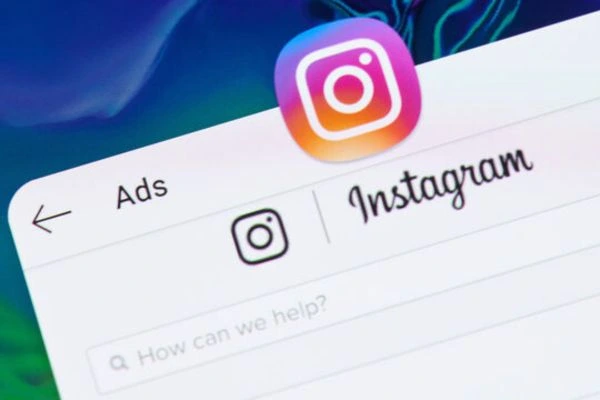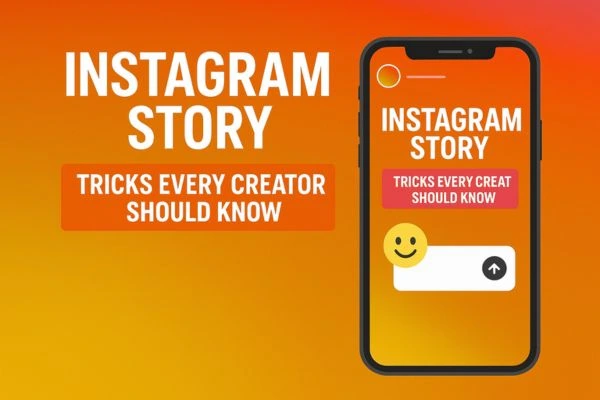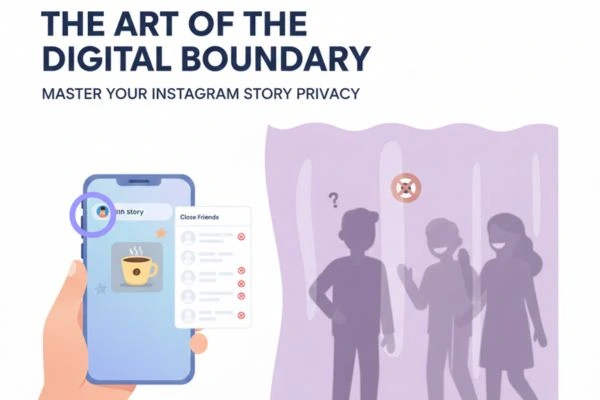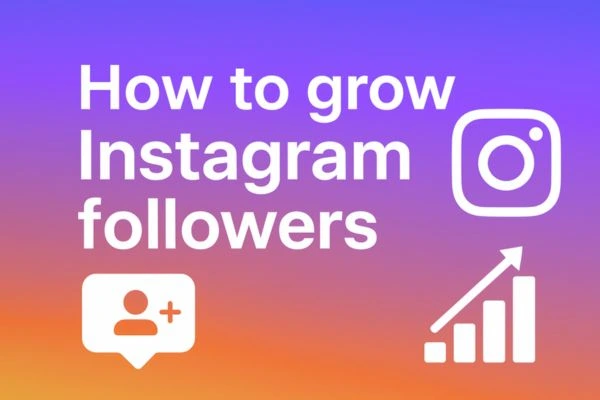
Top 10 Mistakes People Make on Instagram Stories
August 18, 2025
Is It Safe to Use Instanavigation for Instagram Stories?
August 25, 2025Scroll through Instagram for five minutes, and you’ll notice something: it’s no longer just selfies and vacation photos. It’s a digital marketplace where businesses of every size fight for a spot in your feed. Brands aren’t just posting; they’re paying for placement. Why? Instagram has become one of the most powerful platforms for targeted advertising.
But here’s the truth—throwing money at ads doesn’t guarantee results. If you’ve ever boosted a post and ended up with nothing but a few likes, you already know this. Running Instagram ads that work takes more than pressing “promote.” It requires clarity, creativity, and some smart adjustments along the way. This guide is for beginners who want to skip the expensive lessons and go straight to building ads that convert.
Why Instagram Ads Aren’t Optional Anymore
It’s a fact: Instagram’s organic reach is declining. Five years ago, a well-edited photo and a few hashtags could bring thousands of eyes to your content. Today? Algorithms prioritize paid content, meaning if you’re not running ads, your competition probably is—and they’re showing up in front of the people you want to reach.
Another reason Instagram ads are so effective is intent. People on Instagram aren’t just scrolling; they’re shopping. The platform has been shown to lead to the discovery of new products by over 80% of users. Combine that with Meta’s advanced targeting (which powers Instagram ads), and you have a channel that can put your offer in front of buyers at the exact moment they’re ready to take action.
Think Before You Spend: What’s Your End Game?
Having no plan is the biggest mistake new advertisers make. They boost random posts and hope something clicks. That’s not strategy—that’s gambling.
Before you run your first ad, answer this: What does success look like for me? Is it 1,000 more followers? 200 website visits? 10 direct sales? The clearer your goal, the easier it is to measure success and avoid wasting money.
Instagram ads are grouped into three main goals inside Meta Ads Manager:
- Reach & Awareness: Great for getting your name in front of new people.
- Consideration: Encourages actions like website clicks or app downloads.
- Conversion: Designed for sales or sign-ups—but only works well if your audience already knows you.
💡 Here’s a smart play: If your brand is new, start with awareness. Run conversion ads only after you’ve warmed up your audience through multiple touchpoints.
Forget Guesswork: Nail Down Your Audience
One reason Instagram ads outperform many other platforms is hyper-targeting. Instead of blasting your ad to “everyone aged 18–65,” you can zero in on people who share your buyer traits.
You’ve got three powerful tools here:
- Detailed Targeting: Filter by interests, behaviors, or life events. Want to sell to yoga enthusiasts in New York? Done.
- The use of custom audiences enables you to retarget people who have visited or engaged with your website.
- Lookalike Audiences: Let Instagram find people who behave like your best customers.
💡 Pro Move: Don’t start broad. Begin with a small, precise audience, monitor performance, and then expand. Going too broad too early burns your budget.
Ads Look the Same to Everyone: What You Can Do
Here’s something most guides won’t tell you: users are blind to ads that look like ads. If your image screams “Buy Now!” in bold text and features a stock photo model holding a product, expect to be ignored.
Instead, design ads that feel native to the platform. This means:
- Use authentic-looking visuals—behind-the-scenes shots, real people, candid moments.
- Stick to Instagram’s formats:
- Feed: 1:1 or 4:5
- Stories/Reels: 9:16 full screen
- Feed: 1:1 or 4:5
- Keep text minimal. Instagram even penalizes ads overloaded with words.
💡 Little-known tip: Motion wins. Simple animations like three-second loops can perform better than static images.
Captions That Work Like Salespeople
Captions don’t need to be essays. They need to get the click. Basically, they are elevator pitches of 10 seconds:
- Ask a question or highlight a pain point to get the ball rolling.
- Deliver value: Tell users what they gain, not what you sell.
- End strong: Use one clear call-to-action—“Tap to shop now” beats “Check out our website.”
And about hashtags? Use them, but keep them relevant and clean. Five well-chosen tags outperform thirty random ones.
Mobile-First or Nothing
Here’s a quick stat: Over 95% of Instagram usage happens on mobile. If your landing page looks like it was built for desktop, you’re done. Test everything on a phone. That includes:
- Font size—tiny text kills conversions.
- Page speed—every extra second of loading time drops conversion rates.
- Tap-friendly design—buttons need space, not clutter.
💡 Insider Tip: Assume your audience will watch without sound. Add captions to videos so your message survives the mute button.
Stop Guessing. Start Testing.
Even seasoned advertisers can’t predict the perfect ad. That’s why A/B testing exists. Change one element at a time—image, caption, CTA—and see what wins. Don’t kill an ad after 24 hours. Let it run long enough to collect meaningful data.
When analyzing, watch these numbers:
- CTR (Click-Through Rate): Are people engaging?
- CPC (Cost Per Click): Are you paying too much for attention?
- Conversion Rate: Are clicks turning into sales?
Scale the winners. Cut the losers. Rinse and repeat.
Trends: Your Shortcut to Cheaper Ads
Instagram loves new features. When Reels launched, ads in that format were dirt cheap because the algorithm pushed them hard. The same happens every time Instagram introduces a new sticker, poll, or shopping feature. Using fresh tools signals to Instagram that your ad is relevant, often rewarding you with lower costs.
💡 Action Step: Spend 10 minutes a week exploring Instagram’s latest features and updates. The brands that adapt first usually pay less for results.
Final Word: Ads That Don’t Feel Like Ads Win
Instagram advertising is a game of trust and attention. Users aren’t there to be sold to—they’re there for connection and entertainment. Your job is to blend in while standing out. That means authentic visuals, clear goals, smart targeting, and relentless optimization.
“If you’re looking to improve engagement on Instagram, analyzing user behavior is key. Tools like an anonymous story viewer can help you understand what content gets the most attention without revealing your identity.”
Start small. Test often. And remember: success with Instagram ads isn’t luck—it’s strategy.




